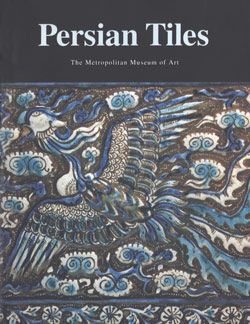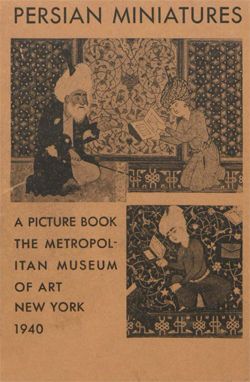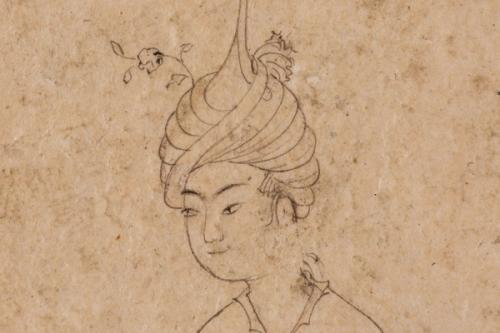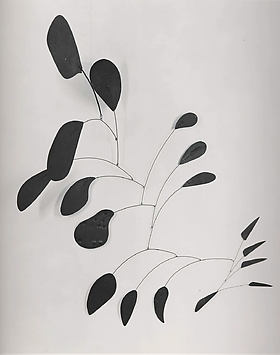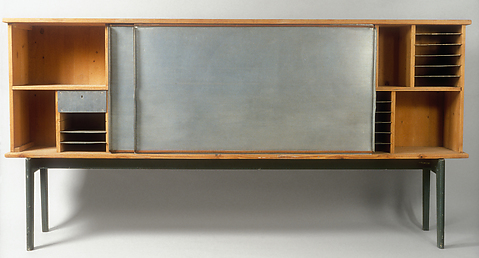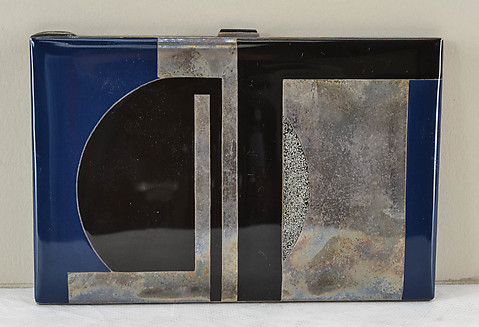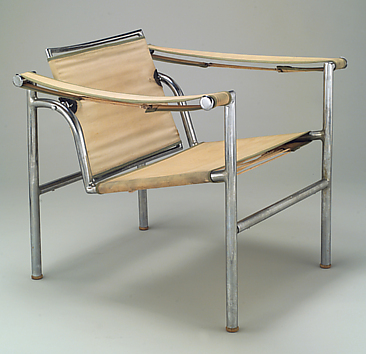The publication of this book marks 1,004 years since the completion of the Shahnama, the Persian national epic, which was written down in more than 50,000 couplets by the poet Firdausi. It also celebrates the most lavishly illustrated version of this text, a manuscript produced for the Safavid Shah Tahmasp, who ruled Iran from 1524 to 1576. The Metropolitan Museum is fortunate to own 78 of the 258 illustrations to this text, a selection of which is on view in the Sharmin and Bijan Mossavar-Rahmani Gallery of Later Persian Art. Thanks to the generosity of the Iranian-American community and the annual NoRuz at the Met Benefit it has held in recent years at the Museum, all of the illustrations to Shah Tahmasp's Shahnama were published in color for the first time in 2011 in a single-volume edition. The present volume, which includes an extended introduction and a concise synopsis of each narrative episode, will enable a broader audience to appreciate this exceptional manuscript. Held in collections across North America, Europe, and the Middle East, these illustrations may never again be physically reunited, making this book an important resource for lovers of sixteenth-century Persian painting. By printing a facsimile of the illustrations, we hope that readers will experience some of the wonder that the young Tahmasp must have felt when he opened his manuscript. The original book was large, but not too big to lift. Inside its covers, stories and pictures of battles and trysts, kings and heroes, would have unfolded as he turned the pages. Iranians still know every twist and turn of many of these tales. For those unfamiliar with the Shahnama, its vividly painted illustrations provide an excellent introduction.



